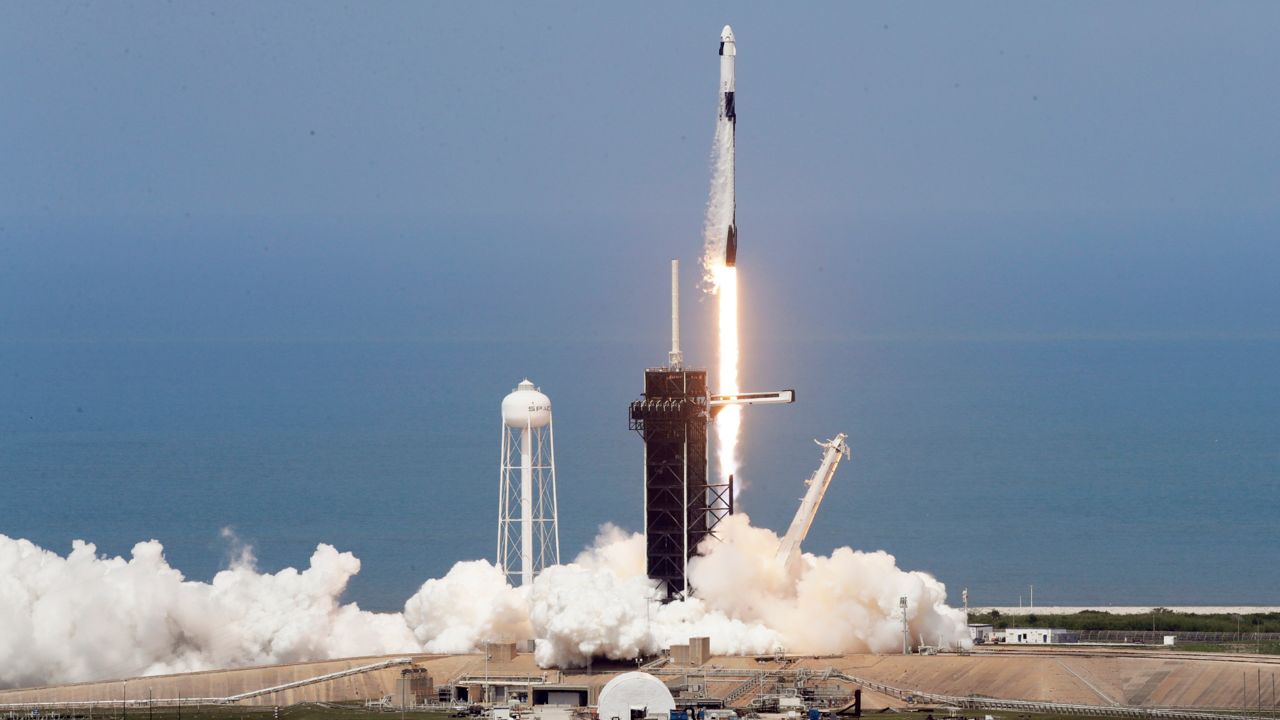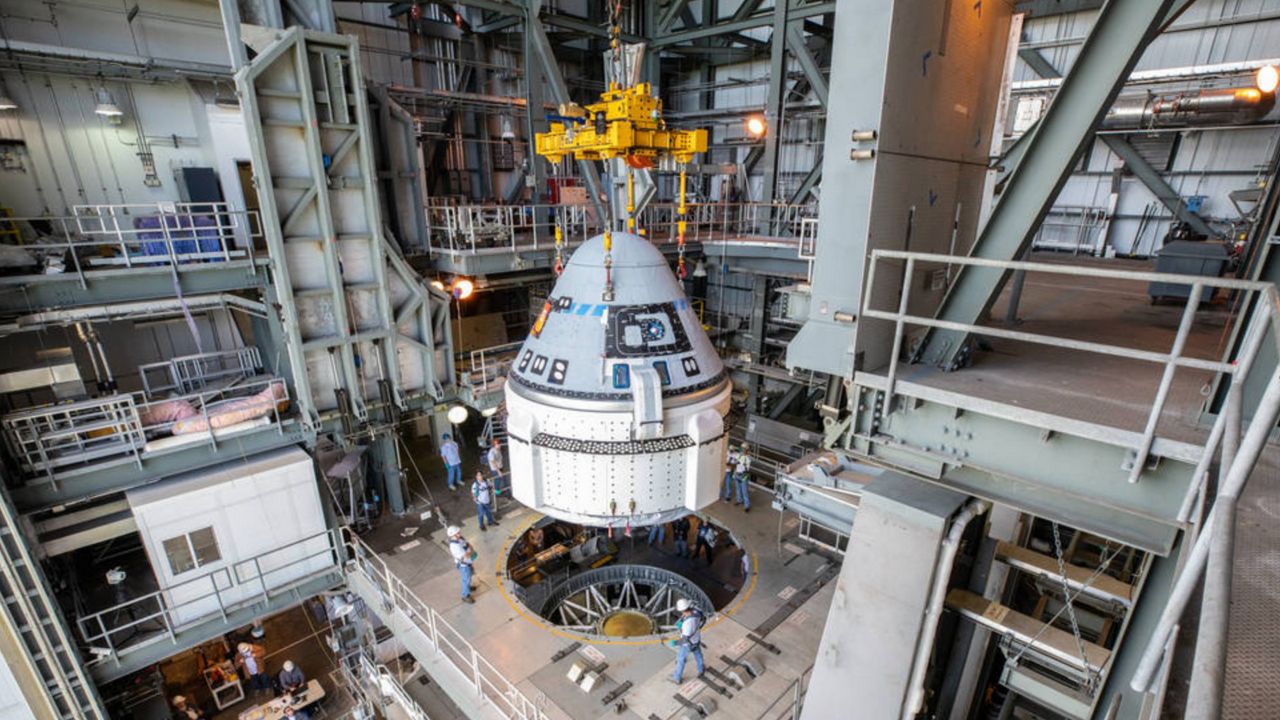KENNEDY SPACE CENTER, Fla. — More history is on the way as a new crew will soon head to the International Space Station.
What You Need To Know
- Crew-1 mission scheduled to launch at 7:49 p.m. EST Saturday
- 4-member team will expand ISS crew to 7
- Boeing planning to send crew to ISS in 2021
After launching on a SpaceX rocket on November 14, then docking their SpaceX Crew Dragon capsule at the ISS, three American astronauts and one Japanese astronaut will get nestled into their new home.
They will be the first four-member crew rotation of the NASA-SpaceX commercial crew program. The quartet will join the current three-member space station crew already on board.
It will be the first time seven people have worked together on the orbiting outpost. It's also the first regular mission launched from U.S. soil since the shuttle program retired in 2011.
"Now we are moving forward to the point where we are demonstrating operational capability," said Don Platt, Florida Tech associate professor, Space Systems. "Having humans shuttling back and forth to the station again."
The crew's time will be spent doing a variety of scientific research, experiments in the fields of botany, cancer and technology. They will also put their green thumbs to work, growing radishes in microgravity.
"We've maintained that facility, we've expanded it, we've done amazing science," added Platt.

Also heading up with the crew: a new toilet. It will use air flow to pull waste away from the body, and also reduce odor. The toilet is equipped with handholds and foot restraints to keep astronauts from floating away.
During the new crew's 6-month stay, they themselves will welcome a lot of activity. There are two scheduled cargo missions launching from Earth, plus Boeing's un-crewed Starliner test flight. The next SpaceX Crew Dragon arrives in 2021.
"It's very important we have a large crew to do all of this," said Platt.
The launch attempt on Saturday, November 14, follows the May launch of two NASA astronauts from American soil, for the first time since the shuttle program ended nearly a decade ago.
The four astronauts in this mission will return home like their colleagues back in May — via an ocean splashdown before heading back to Houston to recap the historic mission.
Boeing Vs. SpaceX Latest
A tale of two companies and the new space race.
Boeing and SpaceX are partnering with NASA in the budding commercial crew program, with one of them rocketing ahead of the other.
The new race debuted back in 2014, when NASA began looking to commercial companies to show they could safely launch U.S. astronauts to the International Space Station.
"The purpose of the commercial crew program by design was to have competition," said Space Florida's Dale Ketcham.
A pair of companies emerged as the leaders, Boeing and SpaceX.
NASA awarded the outfits more than $4 billion to develop their spacecraft.
SpaceX has since built, tested and successfully flown its Crew Dragon capsule.
In early 2019 they pulled off a launch abort test which separated the spacecraft from the rocket.
The goal was to prove it would work with a crew on board.
It's Demo-1 mission ferried two NASA astronauts to the ISS back in May.
The first crewed mission from American soil since the shuttle program retired in 2011.
The effort wrapped up with an ocean splashdown two months later.
"Right now SpaceX is hitting their marks," Ketcham says. "Boeing clearly struggling right now."
The road has been more bumpy for Boeing.
After launching its uncrewed Starliner capsule last December, a glitch prevented an ISS docking.
But the spacecraft did see success in a parachute-assisted landing two days later in White Sands, New Mexico.
"The important thing isn't who is succeeding at any given time, it's that you have two," said Ketcham. "If one is struggling, the other is able to deliver for the taxpayer to keep our astronauts up there."

Boeing is gearing up for its Crew Flight test, scheduled for mid-2021.
Four astronauts are tapped for the mission to the ISS.
In the meantime, SpaceX is prepping for its Crew-1 launch November 14, sending four people to the orbiting outpost.
"We are still on the early stages of human activity space, and this is a part of that process," Ketcham said.




